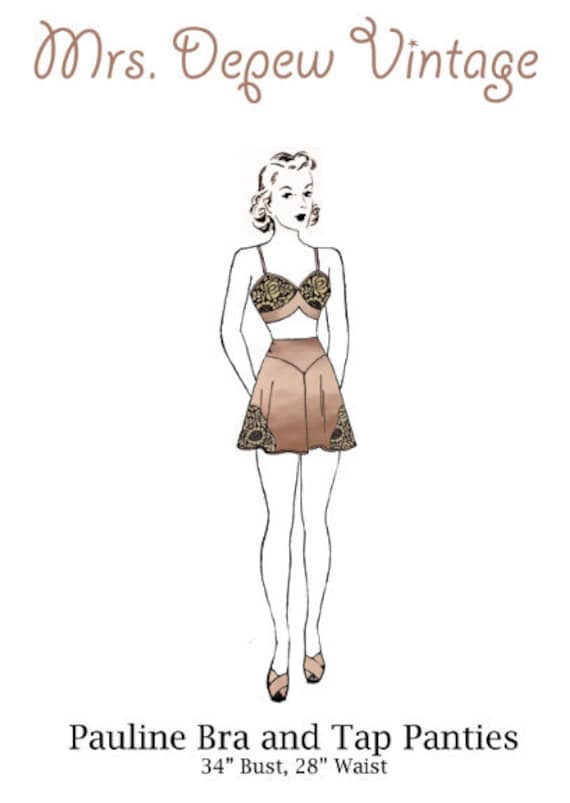These were very easy to make.

Materials and Costs for Two Pillows
- Pillow Insert from Crate & Barrel, 18x12 is $8@ +$5 shipping = $22
- Fabric $10/yd = $10
- Zipper $2@ = $4
- Satin Single-Fold Blanket Binding, 4.75 yd per package = $7
- Thread = $1
The total of these prices is $44. I do believe I got everything on sale so the costs can easily be lower.
Drafting Instructions
Using regular small paper we will draw schematics.
The pillow is Width by Height measured across the fullness. If you want ease, add it now. Sketch a rectangle labelled with the width and the height plus ease, this is your pillow front. My measurements have no ease for a crisper looking finished pillow.
Divide the width by 3, as i want the zipper one third across. We have an 18" wide pillow with no ease. 18/3=6. Our short side will be 6" wide, by the same 12" tall, this 6x12 is left back of the pillow. For right back, we subtract that 6 from the original 18, which is 12. The right back will be 12x12.
We want a zipper to connect the left back and the right back. Add 1" (or more) to the width each back piece for the zipper allowance. Our left back is now 7x12, and right back is 13x12.
Last step is adding the seam allowances. Let's make them 1/2".
That makes our Pillow Front 19x13. Our Left Back is 7.5x13. Our Right Back is 13.5x13.
Now that we have our pattern pieces, we have to decide on the pattern layout. Our fabric has a one-way design so we can't flip any rectangles to the side. What if we put all three pieces right next to each other? Yes, the widths of 19, 7.5 and 13.5 equal 40. 40 < the 44" width of fabric so there is room for that layout.
What if we make use of the selvedges? The pattern peice right back has a zipper edge on the left hand side, lets put that on the left side of fabric and the selvedge edge can be used as a finish edge, rather than finishing it some other way such as with zigzag stitching. We can put our front pattern piece next to it, and our left-hand pattern piece on the right side of the fabric again using the selvedge on the zipper seam.
Duplicate the underneath for your second pillow. The lengths of 13 for two pillows is 26. We need a piece of fabric at least 26" long if all our cuts are perfect. Rounding up for cutting errors we can get 7/8 yd (31.5") or 1 yard (36").
Cutting & Sewing Instructions
The dragon fabric is very geometric. If you trust we have a good, on-grain design to work with, I recommend you learn from my mistakes and use the design as a guide. Do not fold the fabric, cut in a single layer, right side up.
For each pillow cut one of each piece, starting with cutting a length of fabric from selvedge to selvedge that is 13" long. Then divide with vertical cuts on the left hand side our 13.5x13, 19x13 in the center, and 7.5x13 resting on the right selvedge.
Repeat for the second pillow.
Start by marking in the zipper one inch from the width on the two adjacent back pieces. Place left back and right back, right sides together, along this edge. Pin. Center the zipper vertically and mark it's length. If it's a 10" zipper then there's a 1.5" distance at top and bottom. Stitching one inch from selvedge, we want a regular stitch for 1.5" above and below the zipper with backstitching, and a basting stitch in the middle. Press open. Install zipper along this seam now, centered if you like. Finish zipper with prick stitching now, then remove basting stitches.
Our zippered back should now match up perfectly with our front piece.
As our pillows will have a flange, our seam allowances will be on the outside of the pillow, to be covered later by the satin binding.
Place the zippered back WRONG sides together with the front piece. Pin all the way around. Machine baste.
Take your satin binding, iron the package wrinkles out but leave the center fold in. We are going to make a sandwich. The binding is folded off center. Starting at one edge, laving the longer side at the back, pin the binding around the seam allowances, hiding the basting stiches. Miter the corners your preferred way; I mitered as I went. When you reach a corner, fold the binding back along itself to make the turn. Iron and pin. Make sure the raw edges at the beginning and ends are concealed by hiding within the folds of the miter.
Hand-baste or pin the mitering in place.
Working with the longer side of the binding down, stitch the binding onto the pillow with a plain stitch. Make sure to catch all of the seam allowances, the long side and the short side all. Pivot as the corners as normally.
Hand finish the mitered corners with a catch stitch.
Insert the pillows into the covers.
That's it! Good job.




























